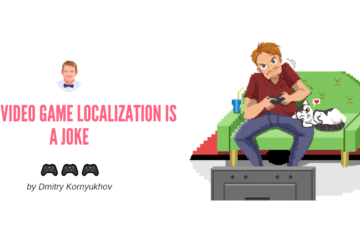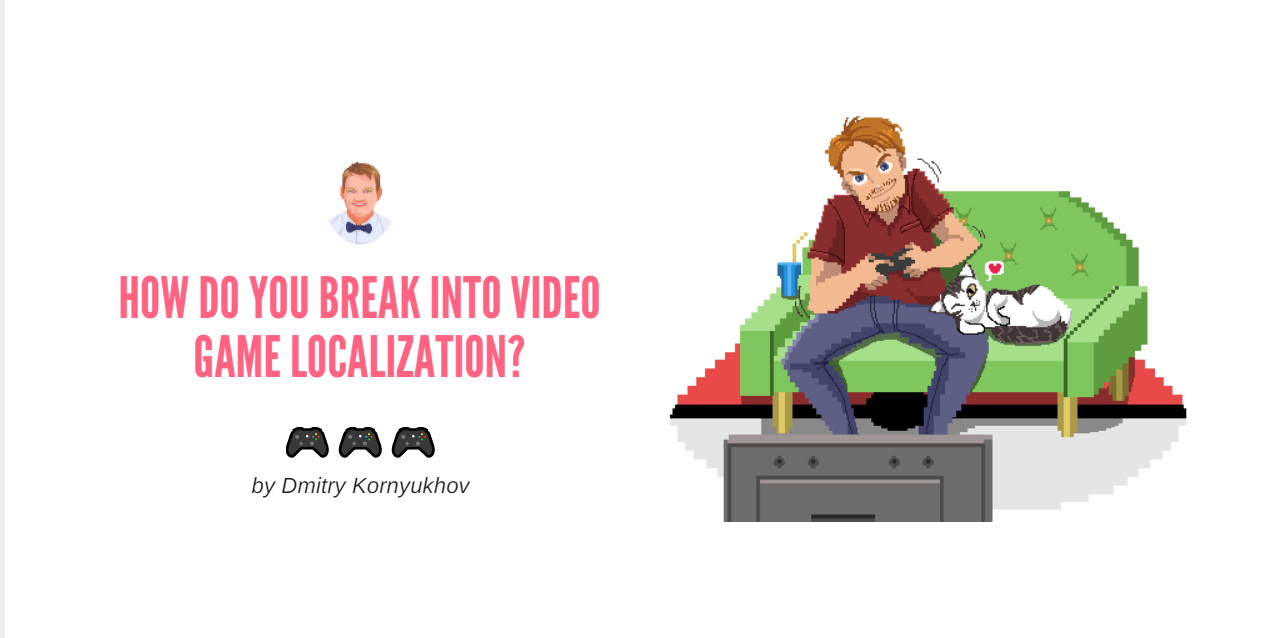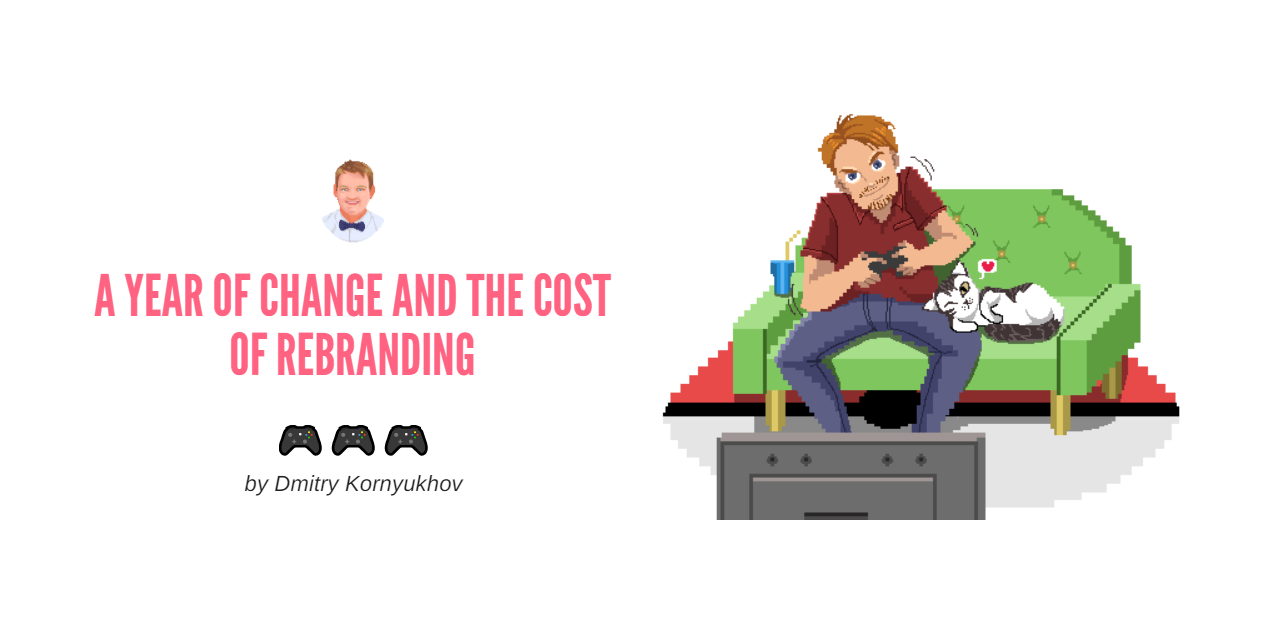Hello World
Reading time: [reading_duration] [/reading_duration]
So, what’s next?
It’s time to build your website! Yay! Are you excited? Cause I am!
If you followed the steps from the
previous 3 articles you now have a domain name and a hosting provider. If you have neither of those things, now is the perfect time to get them, otherwise everything you’re about to read wouldn’t make much sense (well, it would, but you wouldn’t be able to apply this knowledge).
If we use plain English what you have right now is an empty folder with your web site name on it. This folder is stored by your hosting provider and now it’s up to you what you put in there.
Content Management Systems – What The Heck Is This?
You’ve probably heard this one before. The cool kids also call them CMS. To put it simply Content Management System is a system used to manage a content of your website (that’s pretty simple, isn’t it?) In some sense you can call it a “platform” which you use for building a website. Ideally it should be versatile, reliable and easy to use. When it comes to building a website CMS is a weapon of choice of many web-designers, because the installation of such systems literally takes a few minutes and the process of website development is somewhat standardized.
So what is the most popular Content Management System?
WordPress
Yeah, you knew that already, didn’t you? WordPress is the most powerful and popular Content Management System out there. Of course, there are many others like Drupal or Joomla. But they can hardly compete with WordPress. WordPress powers 23% of the Internet. This is huge! Pretty much every second website I know or like runs on WordPress. This website runs on WordPress too, by the way. Almost every blogger in our industry I know uses WordPress. Even the big companies use WordPress for their blogs.
WordPress is good for those of us who like blogging, but it can also work for people who simply need a one-page website.
It’s fairly easy to use. Yes, there is a certain learning curve for the first-time users, but at the end of the day it is the easiest Content Management System out there. If you don’t have any coding skills at all, WordPress is a good starting point because you won’t need any coding here (well, ideally).
The concept behind WordPress is brilliant: you have this platform that allows you to manage the content of your website and all you need to do is to install a theme of your choice and plugins. Themes define the way your website looks. There are thousands of WordPress themes out there with a different level of complexity and customization options. Some themes are free, some themes are premium and come at a price (around $60). Plugins add extra functionality. Some of them are used to improve your Search Engine Optimization like WordPress SEO by Yoast, some are used to improve the performance and stability, others are used to make your website more visually appealing. As with themes, plugins can come at a price or for free.
The Cons Of WordPress
Despite the popularity of WordPress, it still has its fair share of drawbacks. As much as I enjoy working with WordPress there are certain cons that I should warn you about:
Con: Security Issues
WordPress uses PHP and PHP is known for its security issues. But I gotta say, things are getting better for WordPress-users with every new release. The guys behind WordPress work tirelessly on improving their CMS and addressing most common security issues. Please use your own judgment. Don’t use plugins and themes from unreliable authors, read the reviews of other users before you install new plugins, never use websites that offer premium themes for free. Use a reliable password for your back-end which is hard to guess. Those are quite obvious steps, but they’ll save you from trouble.
Con: Updates
How could that be a bad thing you say? Well, you see, the thing is WordPress is constantly improving. It’s a good thing for WordPress but could be a bad thing for your website. When you use WordPress to build your website, you install a theme and different plugins to achieve the result you want. The problem is: the developers of these themes and plugins have to keep up with WordPress updates. If they don’t do it, a small WordPress update can make your whole website inoperable. That’s the biggest issue for me personally because this happened to me more than once. Every time you update something, it’s a gamble. The key here is to do a backup every time you’re about to update your WordPress or theme or plugin. Or not update at all, if you believe everything is working perfectly. Why break it, right?
Cons: Lack of Optimization
Yes, that’s right. It’s up to you how you optimize your website. Both in terms of Search Engine Optimization (aka SEO) and performance. The rule of thumb here is pretty simple: do not over-complicate things (that’s my biggest problem actually). I can spend hours looking at various performance reports (how fast my website is, what’s broken, what’s not working properly). Keep it simple. Over-excessive use of videos, images and plugins can slow your website down (says the guy who uses a video of him working in a hammock at his landing page). It’s all about moderation and knowing when to stop, really.
Cons: Lack of Originality
When you’re buying a WordPress theme it doesn’t mean that you’ll be the only person out there with this theme. Thousands of people could be using the exact same theme on their websites thus making your own website not so original. Yes, you can spend a lot of time to make your website look somewhat original (like I did with videos and images), but it takes a lot of time and requires pretty good design skills and good understanding of how a good website should look like. I saw at least 5 websites outside of my industry that are using the same theme as I do. The good news that my website looked way better because I put some effort into it. If you have a problem with being original try looking for inspiration online. I like bookmarking websites with a great design because they help me with my own design. I agree that my landing page is not perfect and still needs a ton of work. But if you have enough time or know a good web-designer you can really stand out from the crowd.
Installing WordPress
Yes, WordPress has it’s disadvantages but when compared to its competition, I say I would choose WordPress any time of the day. Because it’s free, flexible, versatile, easy-to-use and super user-friendly. I know professional web-designers who specialize in WordPress only and build their businesses around this platform. You’ve probably heard of a company called
Websites For Translators. This is a great example of a company that uses WordPress to build website commercially. Meaning one simple thing: WordPress is a good fit for your translation business.
Before you can start working with WordPress, you’ll have to install it. This is actually pretty simple – just ask you hosting provider to do that for you. It takes just a couple of minutes. In the case your hosting provider doesn’t want to do it for some reason just let me know in the comments and I’ll explain how to do it manually which is not that difficult at all.
When your hosting provider installs WordPress on your website, they would ask you to provide them with a login and password. This is what you’ll be using to get into your back-end where you’ll be working with your themes, plugins, posts, comments and other settings of your WordPress website. It should look something like this:
Your Homework
As you can see this post focuses mostly on WordPress and the concept of CMS. Yes, WordPress has its pros and cons but if you follow my advice, you’ll never have any problems. After all it works for me and hundreds of other bloggers and translators from our industry. For your homework today you’ll need to install WordPress on your website. Just contact the support team of your hosting provider and they’ll be more than happy to do this for you. Let me know in the comments how it goes.
Home Reading
P.S.: As always, I’d love to read your comments! Feel free to share your thoughts, start a discussion or ask questions. Oh, and if you like this post it will mean a world to me if you could share it with your friends and colleagues in your social networks. Feel free to subscribe for new blog posts as well. The signup form can be found at the bottom of this page.
Stay Awesome and Happy Translating!





4 Comments
Federica · April 28, 2015 at 6:00 pm
Thanks again for some very useful advice Dmitry.
I had WordPress installed for me by a friend (is this like cheating?) and with his help I have built my site.
Now we have to work out how to have the site in two languages…. any hints?
Btw I loved your link to Mike Smith’s 10 Hilarious truths it had me laughing out loud. 🙂
Dmitry Kornyukhov · April 28, 2015 at 6:43 pm
Hey Federica! I’m glad you find it useful! Yep, 10 Hilarious Truths are indeed hilarious, so I had to share. As for making your website multilingual, try this article: http://premium.wpmudev.org/blog/top-6-translation-plugins-for-your-wordpress-site/ I hope it helps.
Federica · May 3, 2015 at 12:05 pm
Thanks Dmitry, I will read through them. One of them might solve my problems…!
🙂
Tatyana · August 24, 2015 at 12:28 pm
Dmitry, thank you very much for your guiding through the whole website-building adventure. It’s been very helpful in every aspect, beginning with the choice of a hosting company, CMS, etc. I am at the very beginning of creating my website and I hope to get it up and running soon.